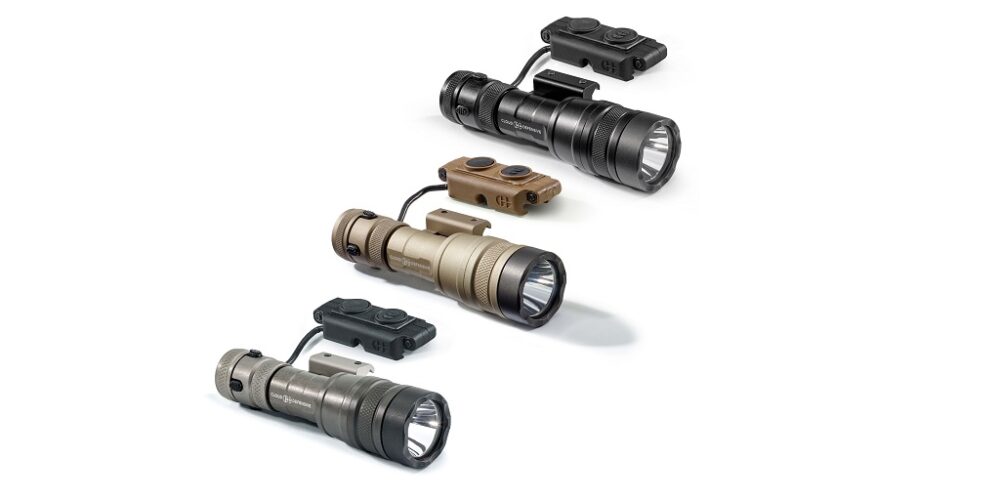Where you place your AR flashlight has the potential to be almost as important as the flashlight itself. The purpose of a weapon-mounted light is to keep you prepared and give you the ability to establish rapid, positive identification of threats; hindering this ability counteracts its purpose.
Orienting the weapon light in a manner that is inconsistent with your individual needs will not work. Here are some high-level things you should know about AR-15 flashlight placement.
What Side Does an AR Flashlight Go On?
As one of the most common searches online, this one deserves an answer. Luckily, it’s an easy one. A weapon light can be mounted on either side of your AR. That is to say, it goes on the side of the weapon that suits you best.
The only real limiting factor here is the equipment. Assuming you have room for mounts on either side of your handguard, and your tactical flashlight mounts can mount in a variety of orientations, you can put your AR flashlight on either side of the rifle. That said, there are some finer points worth discussing.
Right Side Mounts
The right-side mount is one of the most popular orientation choices for right-handed shooters. For many right-handed shooters, mounting at the 3 o’clock position on the right side of the handguard makes it easy to activate the light via a pressure pad or pressure switch whether the shooter is handling the weapon from the handguard itself or from a vertical grip.
Another benefit of right-side mounted tactical light mounting is that the light will ride away from the user’s body when the rifle is not shouldered, trail-carried, or otherwise drawn laterally against the body. This orientation will help keep the light from becoming tangled in gear as well.
Left Side Mounts
With all of that said, there are still certain circumstances in which a left-sided AR flashlight mount will make the most sense, even for right-handed shooters.
Mounting a weapon light on the left side of the rifle, or the “inside” does give it the potential to tangle with gear when the rifle is carried close to the body, but it also slims down the profile of the rifle overall. Since the left side is on the “inside” and the right side is the “outside” mounting in the 9 o’clock position will offer additional clearance on the outside of the rifle. That offers advantages when clearing obstacles or navigating brush.
Is Offset Mounting Superior?
Another thing that should be noted is that there are offset mounting options (given your mounting hardware) that make it possible to offset the mounting of your lights. For example, the Torrent light mounts available online at CloudDefensive.com enable the mounting of an AR weapon light at the 10:30 and 1:30 positions. They are compatible not only with the Cloud Defensive REIN, and REIN Micro, but also with certain other weapon lights, including the Surefire M300 and M600 Scout Lights (except the M600 AA).
An offset mount offers a few advantages over the traditional 9 and 3 o’clock positions. For one, it helps to keep the light out of the way of the gases ported at the muzzle, protecting the light from concussive damage. Another advantage is that an offset light mount will also slim down the overall width of the weapon system. That is, a long gun with a light mounted at 9 or 3 o’clock will be slightly wider than one with a rifle light mounted at 1:30 or 10:30.
Learn More at Cloud Defensive
Interested in adding a high-quality AR flashlight to your home defense platform? Visit Cloud Defensive at CloudDefensive.com, makers of the Cloud Defensive OWL, REIN, REIN Micro, and purveyors of Torrent Light Mounts that are versatile, durable, and widely cross-compatible with other light systems, handguards, and rail systems (M-LOK and Picatinny rail compatible), and highly flexible in terms of mounting orientation.
Visit their website to learn more and contact them directly at [email protected] if you have any remaining questions.












